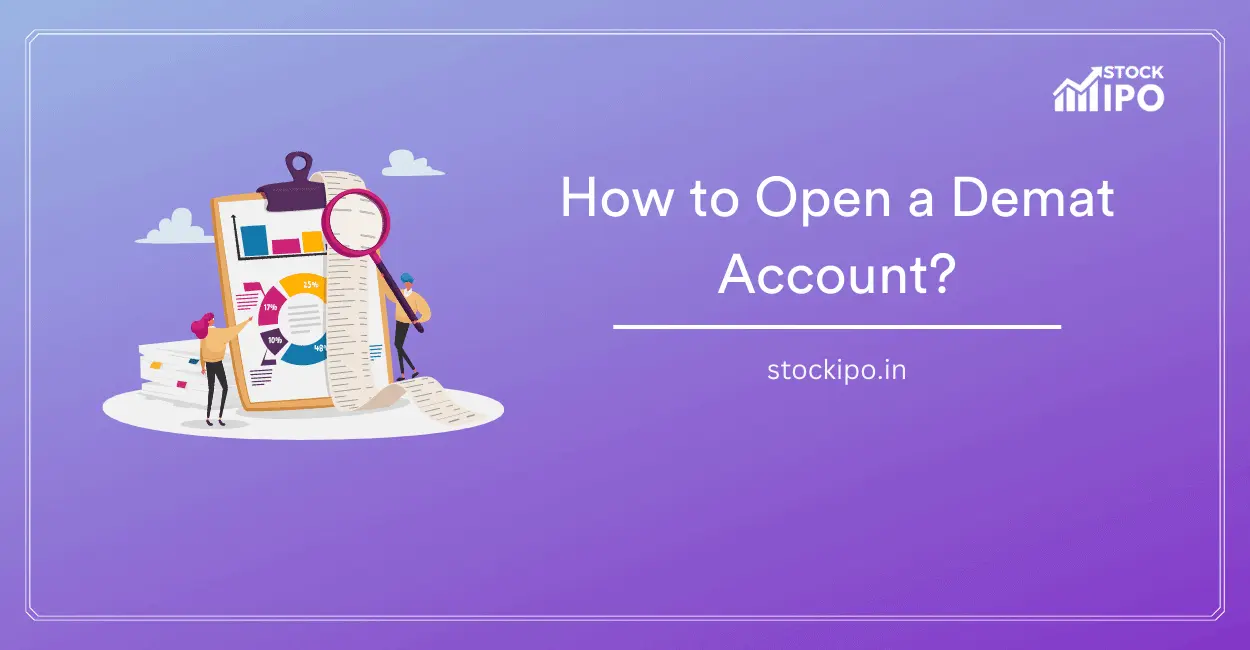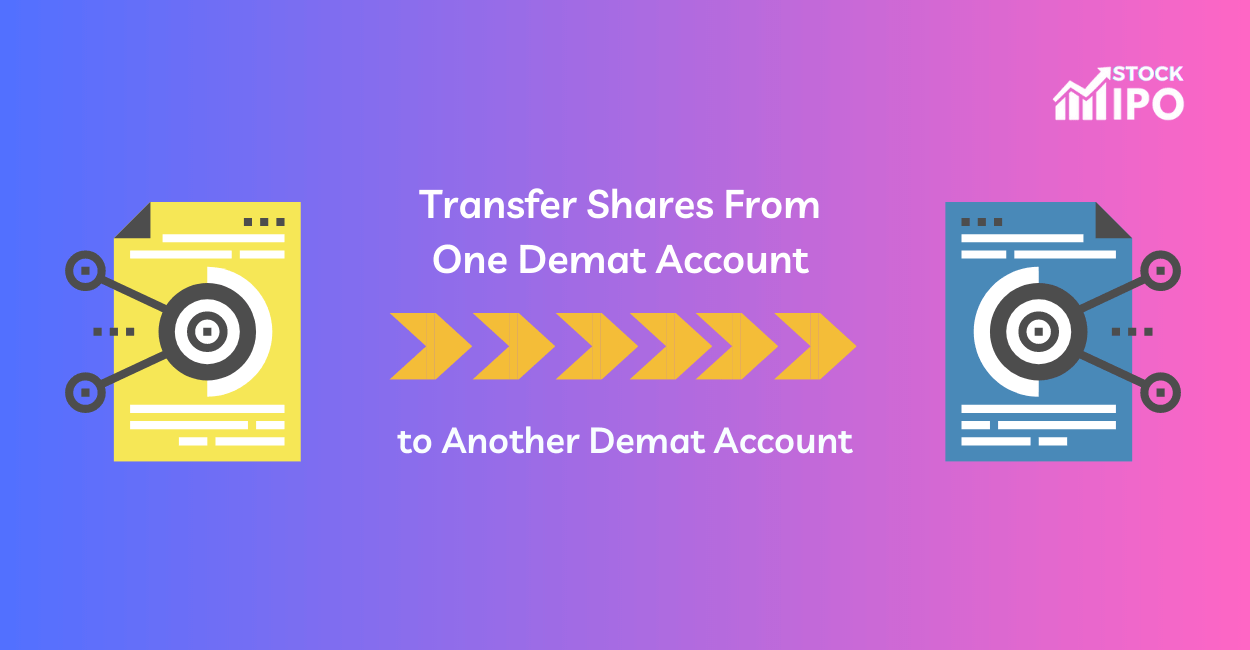The spending pattern of people is drastically changing. Only in 2018, there was a rise of 13% in the opening of demat accounts. Even if one is living under a rock, one does know what a Demat account is. It holds shares that a person has bought holds in digital form. Lately, the process of opening a Demat account has become very easy and a process of just a few steps. If one is planning to enter the stock market, opening a demat account is the first and primary step. In this article, we will discuss all about a Demat account and how to start a Demat account with simple steps.
What is a Demat Account?
Demat Accounts or Dematerialised Accounts were not in existence always. Introduced in 1996, this is one of the best decisions taken by the SEBI. Before the introduction of Demat Accounts, securities were traded physically and the owners used to get their holding certificate as proof of their ownership of the security.
Introducing demat accounts has made the process of trading much easier and hassle-free. One can now trade from anywhere using the internet and there is almost no fear of losing the proof of ownership of the securities held.
What is the need for a Demat Account?
While it is already clear how a demat account is much easier to handle your holdings with, and also to trade in them, there are other benefits of having a demat account that make these accounts even more worthwhile –
Easy Access
A demat account gives easy and instant access to the securities held using the internet. At any time of the day, if one wishes to see and check their holdings, the process can be done right on the phone or laptop.
Safety
Before the introduction of demat accounts, there was a fear of losing the share certificates or of them being stolen. Now, since all the work is done digitally, there is no such fear and the holdings of a person are completely safe.
Dematerialization Process
While most investors now hold securities in Demat form only, there are still people who have their shares or other securities in certificate form. Such certificates can still be converted into Demat form easily through a demat account.
Dividend Access
Getting dividends was a long and tedious process, however, now dividends are easily transferred directly into the demat accounts of the holder the process is nothing but a few minutes.
Access to holdings
A person can now hold and access not just their shares but also other holdings such as mutual funds and ETFs all in one place.
What are documents required?
Before jumping right into the process, it is important that you know exactly what documents are required to form a Demat account and have all the necessities ready before the process to avoid any last-minute blunder.
To open a Demat account, the following are the documents required –
- Pan Card
- Passport size photograph
- A copy of the signature
- Identity Proof
- Address Proof (Aadhar Card, Voter ID, Passport, Driving License, or utility bill)
- Bank Statement or copy of the account passbook as proof of having a bank account
- Cancelled Cheque
- IT return or payslip if one is interested in currency or derivative market
How to open a Demat account?
The entire process is from 10 to 15 minutes and can be done easily while sitting at home from your mobile phone. The steps you need to follow are –
1. Select a Depository Participant (DP)
There are many depository participants available, and the task is to choose one among them. While the things to consider while choosing one are discussed below, in short, it is said to look for a reputed one. Check our Article on the List of Stock Trading Apps to open a Demat Account.
2. Enter Basic Details
After the selection of a depository participant, the next step is to start the process of online application for opening a Demat account from the platform of the selected depository participant.
The first thing to do here is to fill in the details asked in the form such as name, phone number, email, PAN Card details etc.
3. Add Bank Details
After providing the basic details, the next part of the application will have a filling up of Bank Details such as account number, IFSC Code and account type. Any payment such as that of dividends and interests shall be processed through this account by the company whose securities you may be held in the demat account.
4. Uploading Documents
The documents listed in the section above will have to be uploaded in this segment of the application.
5. Verification
After filling up all details and uploading valid documents, the next step is to perform the verification. This is done by recording a video of oneself reading out the given script and submitting the video on the platform.
6. Signature
Signature is done by using the Aadhar-linked mobile number. It is an easy and convenient and absolutely secure method to validate all the details filled in the form.
7. Submission
After validating by putting in a digital signature, the form can be submitted and a demat account will be created in a few days. All the details of the demat account are sent by the depository along with the login credentials.
Charges by Depository Participant
For opening a demat account, a depository participant may charge some fees. While there are many DPs that do not charge some of the below-mentioned fees, one should be aware of these charges to avoid making any unnecessary payments. The following are the types of charges –
- Account Opening Fees
This is a one-time fee that is charged by the DP while one is opening a demat account for the first time.
- Pledging Charges
This is a fee charged when pledging securities in the demat account to get the trading limits.
- Unpledging Charges
It is clear from the name itself. When pledged securities are to be unpledged, an unpledging fee is charged.
- DP Charges
These are the flat per-transaction charges that are charged every time there is a transaction taking place.
- Dematerialization Charges
When any physical holding certificate is converted into a digital form, a dematerialization fee is charged. Corresponding to this, a Rematerialization Charge also exists if an already dematerialized holding is to be converted into a physical certificate.
Things to consider while selecting a DP
There are many Depository Participants available, and selecting one among them can be a tough task to handle. Here are some pointers that one should consider for the selection of the DP that is the best for you
- Reputation
Not all DPs are equally good. There are some recommended more than others. A DP with a good reputation, and the one which is the most trusted one should be chosen. The selected DP should be SEBI registered and follow all guidelines issued by the government.
- Brokerage Fees
Different platforms have different fees they charge, before selecting and finalizing the DP, make sure you know all the fees that will have to be paid in and after the process to avoid any unwanted surprises. There are different types of stock brokers who charge different brokerage fees.
- Interface
Not all users may be comfortable with one kind of user interface. Search and try the user interface of different platforms and decide for yourself which is the most comfortable for you and what suits you.
- Customer Services
Any kind of issue can occur while making a transaction, and with money being involved, the security and problem resolution of the platform should be top-notch. Take a look at the policies of the platform to understand the procedure the DP follows in case of any issue that occurs.
Summary
Demat Account is where you can keep all your investments and holdings. There are various benefits of opening a demat account. The process is simple and hassle-free. Documents such as a passport-size photograph, signatures and PAN Card should be kept ready before filling out the form. There are various kinds of fees that a DP can charge, hence one should always be aware of these kinds of fees to avoid any unnecessary payments. Selecting a DP should also be done carefully.







